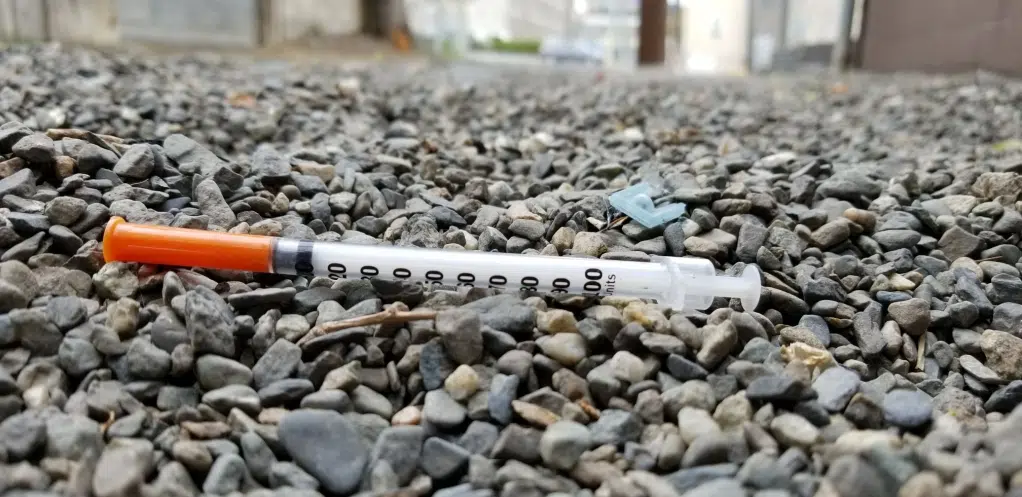
What’s needling me (hypodermically speaking)
ALONG WITH MANY OTHER concerned citizens of Kamloops, I’ve been reading, following, witnessing and becoming educated about the serious problem of discarded needles in our city.
I’ve participated in round table discussions, heard from those who have been directly affected, and talked about it at length with people much smarter than I am, including agencies that deal with this issue every day.
From my perspective, the reasonable sides of this conversation come down to:
- It is unsafe and unethical for us to allow people to continue to share needles. Every person is valuable and we have a moral obligation to take care of each other, even if we don’t like a person’s choices or particular issues. But even if you lack compassion for the user on a humanitarian level, there’s still this: it is very expensive to allow people to continue to share contaminated needles. If we don’t want to pay exorbitant tax dollars to treat diseases contracted through shared needles (each case of a bloodborne disease like HIV or hepatitis costs an estimated $300,000 to $500,000 — now imagine those numbers multiplying with every contaminated needle shared), then we need to continue providing free needles.
- The number of needles lying around this city is frightening. Recently, there was a child punctured by one. More than once, I found used needles on the field before coaching my son’s soccer team. Kids are no longer safe playing in the sand in some public parks. Needles were even found on a rural elementary school property this week. Homeowners are finding needles abandoned on their property and business owners are sick of them being left on their doorsteps. Volunteers are struggling not to be poked while cleaning our riverbanks of “needle nests” because they are so hard to see. It goes on.


